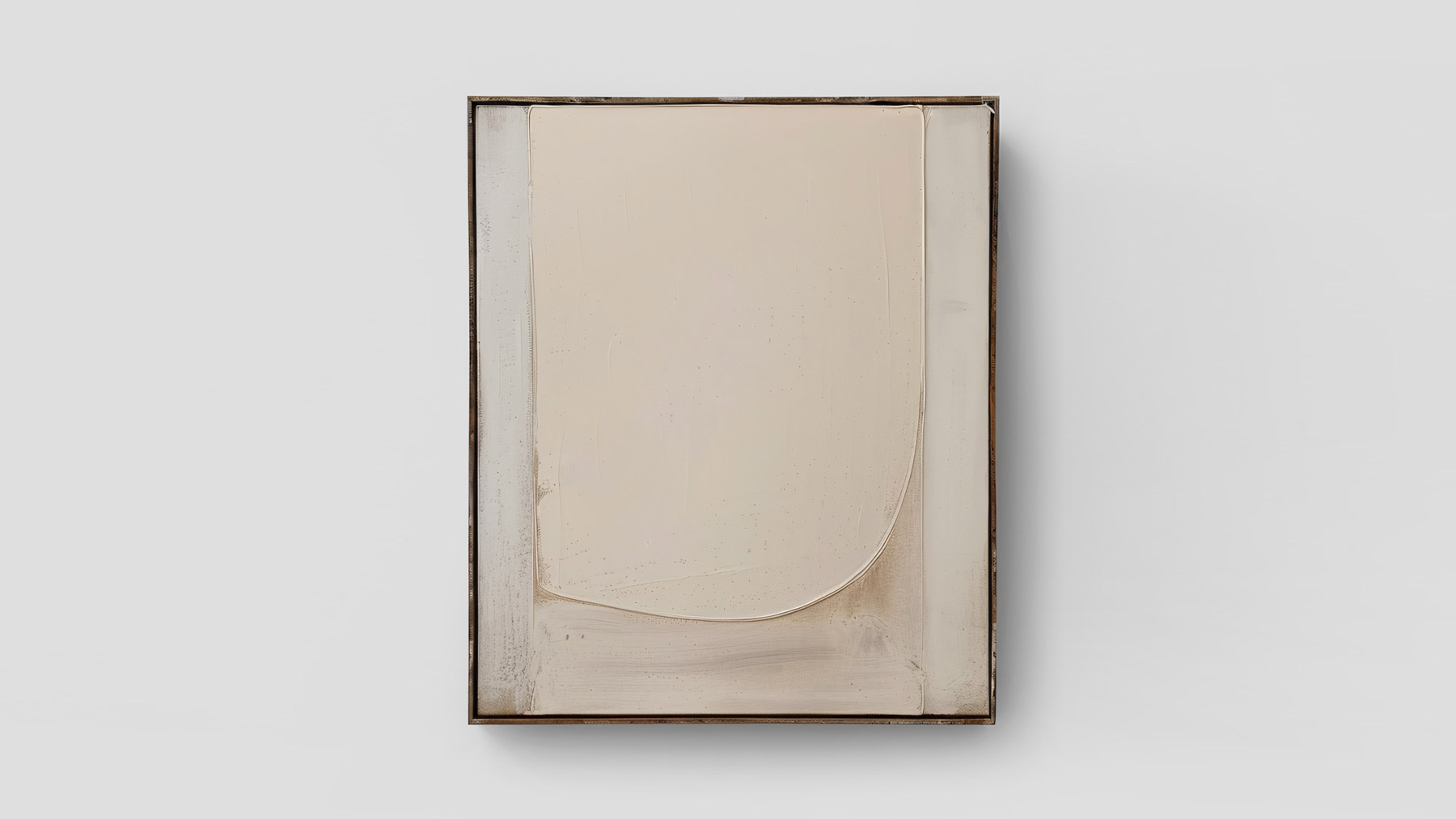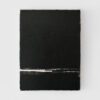Today I would like to share my thoughts on a very controversial and yet interesting topic: the use of artificial intelligence (AI) in art. There are already countless articles and opinions on this topic, so I have had plenty of time to form my own opinion. And I am curious to know what you think about it.
It’s amazing how far technology has come in the last few years. I still remember an event from 10 years ago where an artist had developed an AI for himself. He “fed” it with his own artworks to get inspiration for new works. At the time, it was incredibly fascinating and innovative.
And today reality. Platforms like Midjourney, DALL-E, and others enable anyone with a click to generate images beyond our imagination. But this raises many questions: Is AI art really art? Who is the creator of such works? What ethical, legal, and creative challenges does it pose?
In the past 1.5 years, I have observed completely different reactions. Some are perfectly fine with it and accept it as a new reality, while others are downright outraged and offended when they see an AI-generated image. I also regularly generate images with Midjourney for articles like this one. And here, too, opinions are divided when I post these images on social media. Some find them emotionless or reject them because they believe that AI-created images are not “real” art. At the same time, I encounter enthusiasm and curiosity – I have even received some inquiries whether the posted “artworks” could be purchased.
The Issue with Copyright
A major problem that cannot be ignored is the use of copyrighted material by companies such as Midjourney without the express permission of the copyright holders. This has justifiably led to negative reactions. Images in the style of renowned photographers, architects or artists can thus be reproduced with the appropriate prompt. A more ethical approach would certainly have been to use only works provided voluntarily. But would this be beneficial for the AI data set? Unfortunately, I can’t answer that.

So let’s imagine that I generate an image of an artwork as shown in this article. Who is the author now? Is it me, since I provided the AI with the necessary input? Or is the company Midjourney the author, as they provided me with the necessary technological means? Or is it perhaps the AI itself? The US Copyright Office ruled in a case from 2023 that images generated with AI are not subject to copyright. In India and Canada, however, the participation of AI in the creation of the work of the same case was recognized as worthy of copyright protection.1
So, who is the author? Or phrased differently: Who should be the author? How do we handle situations where an artist sells AI-generated art? Or even wins a competition (as in this case)? What feelings does this evoke in me as an observer? Or in you as an artist?
Art in Transition
The last time art and creativity were called into question was with the invention of photography. When is something art? And when does someone become an artist? The one who creates something or the one who conveys meaningful experiences and emotions? Today, it is clear to everyone that a camera is merely an artist’s tool. But can we compare photography with AI? Is AI-generated art also just a tool, a means to an end?
While programs like Midjourney and others can deliver astonishing results, do they still lack the ability to develop entirely new artistic movements or innovative ideas? In this context, I should mention the so-called “Lovelace Objection.” Named after Ada Lovelace, the first mathematician and programmer from the 19th century, it is the assertion that machines – or in this context AI – are merely instruments in the hands of their creators. She argued that machines are capable of executing instructions and performing complex calculations, but cannot ‘invent’ anything new.2
However, technology has advanced so much in recent years, particularly in the field of machine learning, that these developments call “Lovelace’s Objection” into question. They show that computers and artificial intelligence can develop skills through learning processes that even the programmers cannot always predict. They can recognize patterns, make decisions and, to a certain extent, act creatively without being explicitly programmed by the developers.3
If you like this article, consider subscribing to the monthly newsletter and stay up to date with new inspirations, editorials, interviews, current exhibitions and more.
So, does this mean that an AI can also be creative? The idea is not that far-fetched, after all, our human creativity is also based on large amounts of data that we call memories, experiences and knowledge. However, whether and how we answer this question depends on the context:
Simone Natale and Leah Henrickson investigated the factors that lead people to perceive machine performance as creative. Whenever people perceive the behavior or output of a machine as creative, they refer to this as the “Lovelace effect”.4 In their research, they found that various elements play a role, including cultural notions of creativity, the functionality of the software or hardware used, and the way in which the results are presented. Our assessment of whether an AI can be creative therefore depends on geographical, social and cultural factors. The answer to whether an AI can be creative is therefore as subjective as the aesthetic perception of art. (Because this also depends on cultural and social factors, see here.)
The topic raises so many questions that cannot be answered at the moment – and perhaps shouldn’t be. Because considering the rapid developments in this field, answers that are found too quickly could already be outdated. In any case, one thing is certain: AI will not go away – on the contrary, it will become an integral part of our lives. So what can we do to make the integration of AI in the art world meaningful and ethically responsible without losing the essence of what art means to us?
What do you think about this topic? I look forward to your thoughts on this! Comment here or join the conversation on Instagram.
Further Reading / Resources
- https://haerting.de/en/insights/usa-no-copyright-for-ai-generated-images/
- https://de.wikipedia.org/wiki/Ada_Lovelace#Lady_Lovelace%E2%80%99s_Objection
- https://www.researchgate.net/publication/358218893_The_Lovelace_Effect_Perceptions_of_Creativity_in_Machines
- https://journals.sagepub.com/doi/10.1177/14614448221077278
- Article: Can AI Be as Creative as Humans? https://arxiv.org/abs/2401.01623
- Article: Who Gets Credit for AI-Generated Art? https://doi.org/10.1016/j.isci.2020.101515
- Scientific Writing: Sample Project: Perception of AI Art https://www.mpib-berlin.mpg.de/1669109/project043-perception-of-ai-art
About Exploring Aesthetics:
Sarah loves asking questions and exploring the things she engages with on a daily basis. Exploring aesthetics is her column which discusses art, design, and aesthetics to explore, inspire, and question the status quo.


